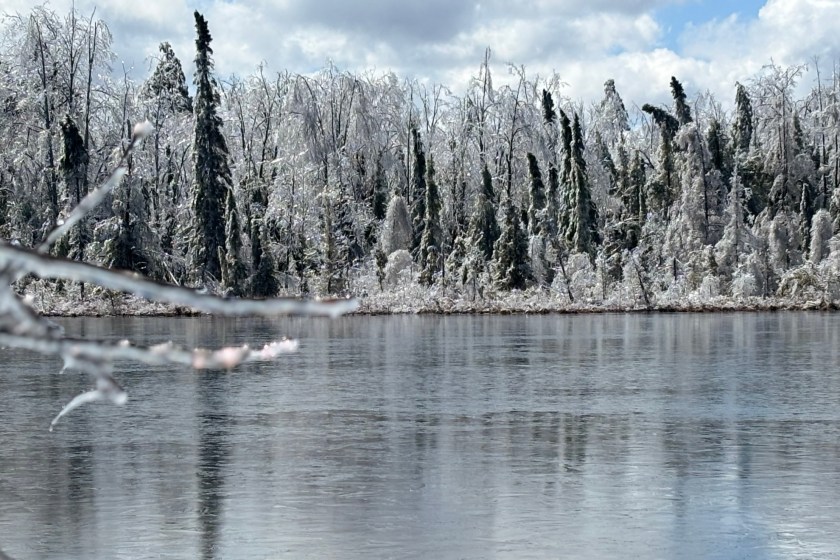Natural disasters are never fun. Even if you know they are coming and have time to prepare for them, they often leave devastation in their wake. Although Michigan is no stranger to harsh winter weather, they were not prepared for the ice storm that came through and ravaged its public forest. With roughly 3 million acres affected, it seems like they have a long road to recovery ahead.
Ice Storm Ravages Acres Of A Public Forest In Michigan

Shutterstock Image by: Tbrown3792
An ice storm hit the Lower Peninsula back in late March, and it was so severe that people are still seeing the consequences of it. The ice storm was so brutal that people are calling it a "generational storm." Outdoor Life Magazine shares that more than an inch of ice had been building on the branches for days. Eventually, the trees in Michigan snapped under the weight; however, they weren't the only thing to buckle.
Powerlines, poles, and other infrastructure also suffered due to the ice and storm. That caused widespread blackouts across the state and led Gov. Gretchen Whitmer to seek federal aid. Many parts of the public forest and woodlands are still unrecognizable after the damage. Ironically, the chances of wildfires have increased because of this ice storm. Additionally, much of the local wildlife has now been displaced since their home has been destroyed.
However, Outdoor Life shares that "the biggest and most immediate impacts are on outdoor recreation." Hunters and other forest users are now dealing with blocked roads, closed access, and treacherous woods. Various recovery efforts are underway, but it looks like recovery will be slow and steady.
Ice Storm Increases Many Risks
The ice storm that ravaged a public forest in Michigan affected "roughly 3 million acres of forest in 12 counties," according to the Michigan Department of Natural Resources. It is one of the worst natural disasters that the state has seen since the Great Michigan Fire back in 1871. Many residents were terrified for weeks after the storm hit, still dealing with the sound of breaking branches and falling trees. Between fearing trees would fall on their homes and going weeks without power, those in Michigan desperately needed aid.
Two months after the storm, DNR was able to access about 20 percent of the affected acreage. However, recovery efforts were still underway. While state parks and campgrounds are slowly beginning to reopen, Michigan is still feeling the effects of this harrowing storm. In certain areas, the landscape has been significantly altered, and some areas are still dealing with damage assessments and clean-up. Only time will tell how badly this storm truly affected the state.




